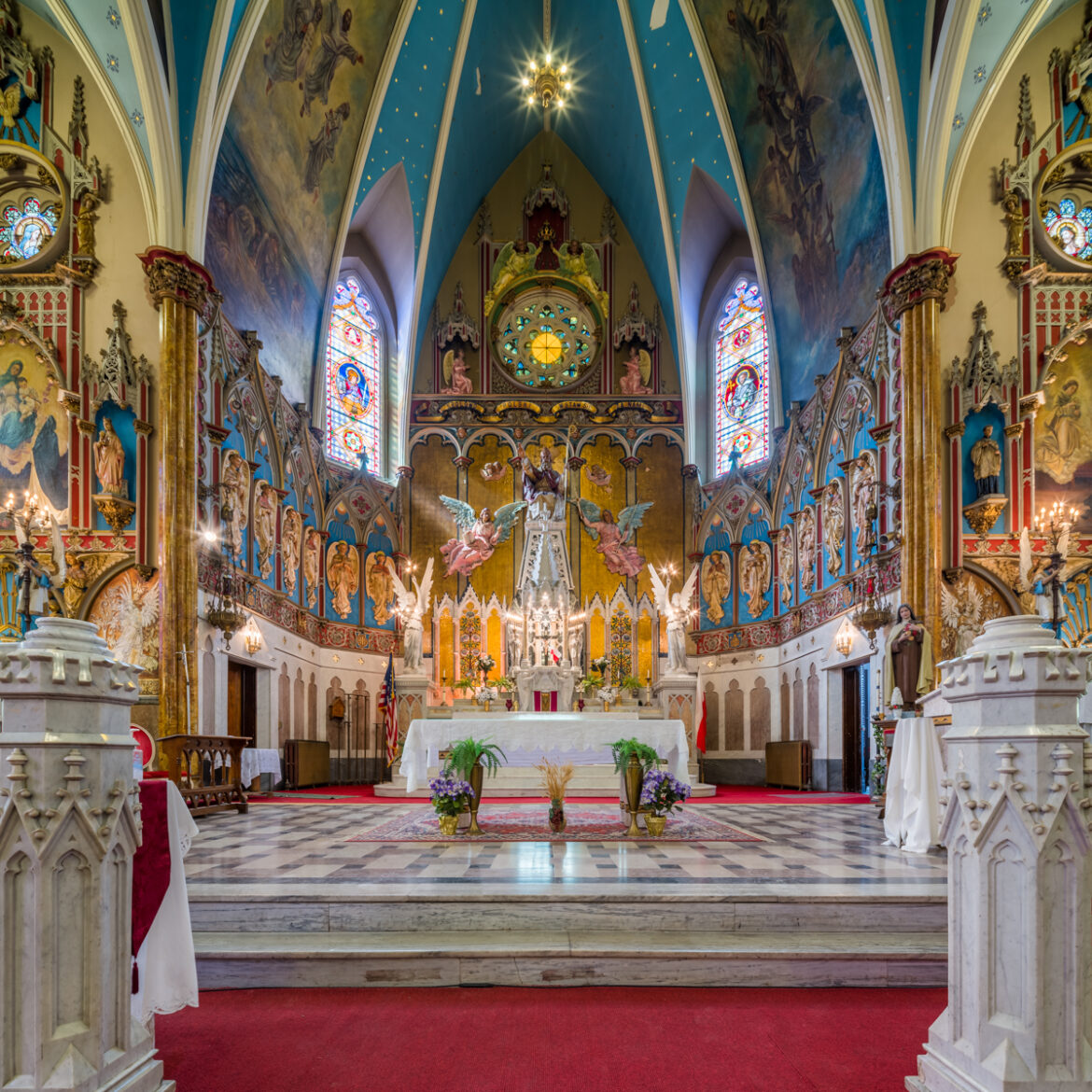The Church of England, often referred to as Anglicanism, is a denomination with a rich tapestry of history, theology, and cultural significance. It represents the established church of England and serves as a critical component of the wider Anglican Communion, which encompasses various national churches around the globe. Understanding the Church of England necessitates an exploration of its origins, beliefs, structure, and its relationship with contemporary society. Such an inquiry not only elucidates the Anglican faith but also unveils the complexities and nuances that have fostered a lasting interest in its practices and doctrines.
Historically, the Church of England originated during the tumultuous period of the 16th century Reformation. The genesis of Anglicanism can be traced back to King Henry VIII’s famously contentious dispute with the Vatican over the annulment of his marriage to Catherine of Aragon. When Pope Clement VII refused to grant Henry the desired annulment, Henry seized the opportunity to break away from papal authority. In 1534, the Act of Supremacy declared the king to be the “Supreme Head” of the Church of England, thus instituting a definitive separation from Roman Catholicism. This schism evidenced a shift toward a faith that would incorporate elements of Catholic tradition while embracing reformed principles.
The theological underpinnings of the Church of England are articulated through the Book of Common Prayer, a liturgical text which became a cornerstone of Anglican worship. The language employed in this book is both poetic and profound, reflecting centuries of English devotion and reverence. Central to Anglican belief is the concept of “via media,” or the middle way, which seeks to balance the Protestant Reformation’s call for scriptural authority with the historical traditions of the church. This philosophy manifests in a distinctive approach to sacraments, ritual, and governance.
One of the hallmarks of the Church of England is its adherence to the sacraments of baptism and communion as means of grace. While differing from the Catholic tradition’s seven sacraments, Anglicans maintain that these two sacraments were instituted by Christ and are essential for participation in the life of the church. Baptism signifies the entry into the Christian community, while the Eucharist, or Holy Communion, serves as a continual reminder of Christ’s sacrifice and presence among believers. The theological significance attributed to these sacraments encapsulates the Anglican view of grace as both divine and communal.
The governance structure of the Church of England is another crucial aspect of its identity. As the established church, it operates under a unique ecclesiastical framework which blends both bishops and synods. The Archbishops of Canterbury and York are the principal figures, providing spiritual leadership and representing the Church of England within the broader Anglican Communion. Bishops play a pivotal role in overseeing local parishes, ensuring the continuity of the faith and its teachings. Moreover, the General Synod, composed of representatives from various congregations, facilitates dialogue and decision-making on matters ranging from theology to social justice.
Anglicanism is characterized by its inclusive and diverse ethos. The Church of England has long welcomed a multitude of worship styles and interpretations of Scripture, enriched by a plethora of cultural influences across the globe. This aspect of Anglicanism has often drawn individuals seeking a faith community that is both rooted in tradition and open to contemporary discourse. The church’s ability to adapt while upholding core beliefs has contributed to its enduring appeal.
In recent years, the Church of England has encountered challenges that resonate with broader societal issues, including debates around gender, sexuality, and social justice. The ongoing discussions regarding the ordination of women and the acceptance of LGBTQ+ individuals have generated both contention and dialogue within the church. Such debates reflect the Anglican commitment to finding a balance between scriptural fidelity and a responsive approach to modern ethical questions. These tensions often evoke fascination, drawing in individuals who are engaged in the struggle to reconcile tradition with progress.
Furthermore, the Church of England’s stance on social issues, from poverty alleviation to environmental stewardship, signifies its active engagement with contemporary societal challenges. The church’s involvement in community outreach and advocacy for the marginalized illustrates an intrinsic belief that faith should be manifest not only in worship but also in service. This principle of serving others adds depth to the Anglican understanding of what it means to live out one’s faith.
The aesthetic elements within Anglican worship also merit consideration. The architecture of churches, often characterized by ornate stonework, stained glass, and evocative liturgical spaces, adds a visual dimension that captivates both adherents and visitors. The rituals and ceremonies, imbued with historical significance and liturgical solemnity, create an atmosphere conducive to reflection and reverence. These artistic expressions reveal a deep-seated desire to honor the sacred, and they capture the imagination of those who are drawn into the Anglican tradition.
In conclusion, the Church of England embodies a multifaceted faith tradition that is as much about heritage as it is about evolution. Its origins, theological beliefs, governance, and societal engagement create a complex tapestry that continues to intrigue and inspire. As we contemplate the Anglican faith, we also engage with the broader questions of faith within a pluralistic society, making this denomination not merely a relic of history, but a living entity that seeks to navigate the challenges of the modern world. The Church of England, in all its richness, invites exploration as both a community of believers and a conversation partner in the continuing dialogue of faith, culture, and ethics.



